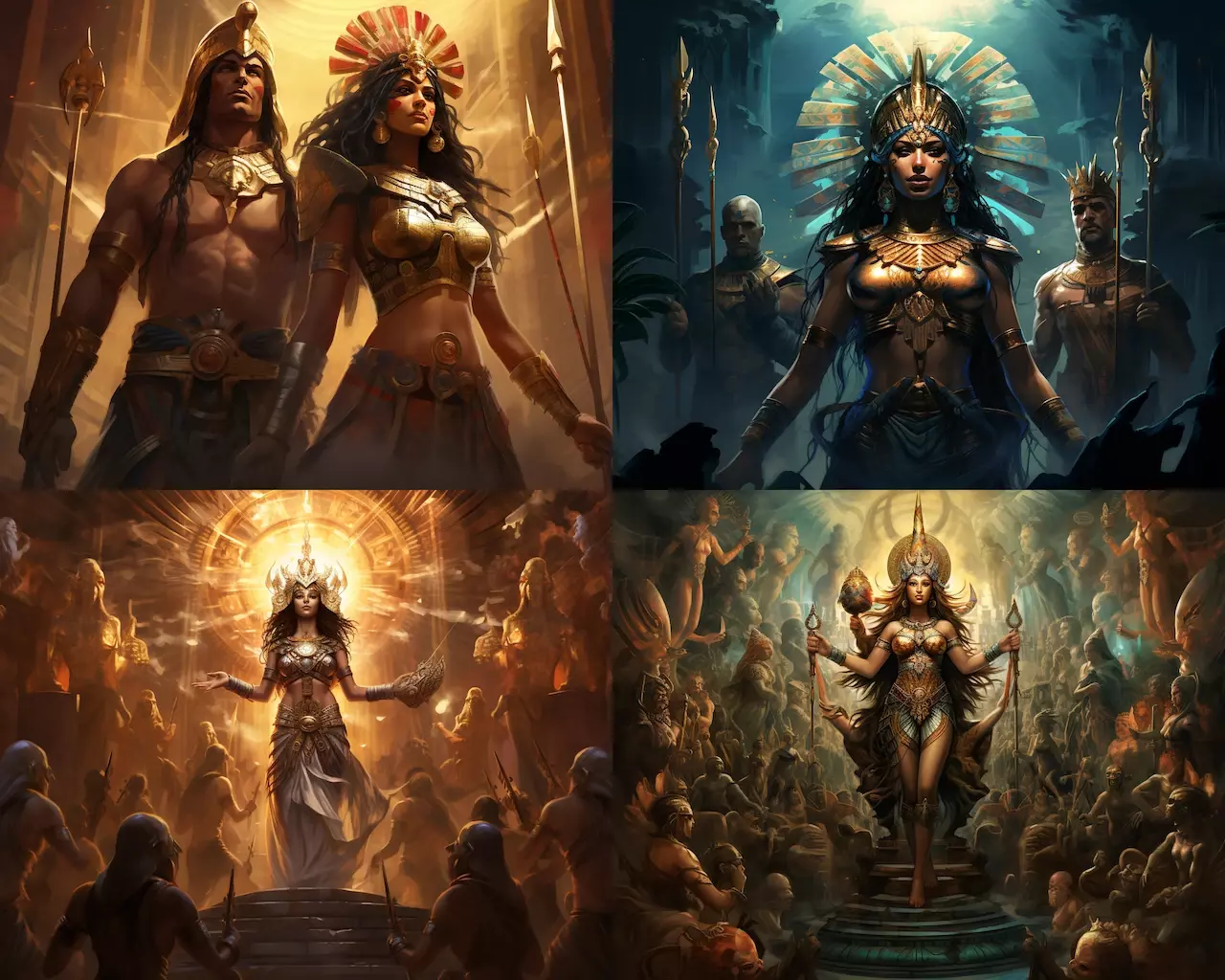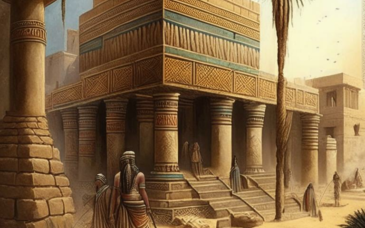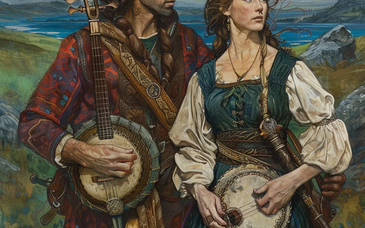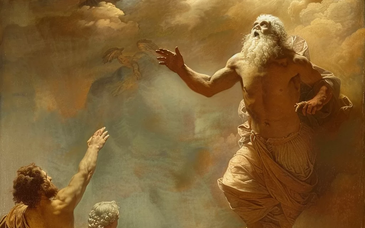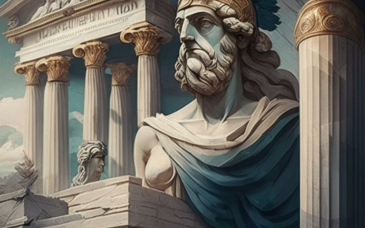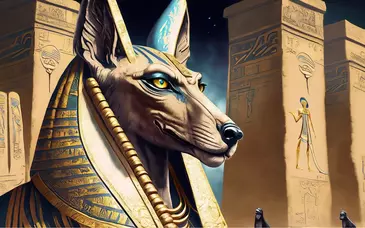Ancient gods and goddesses have played a significant role in the beliefs and practices of ancient civilizations throughout history. These deities were often believed to have control over natural phenomena, such as the weather, and were worshiped in hopes of gaining their favor and protection.
One of the most prominent examples of ancient gods and goddesses is the pantheon of ancient Greece. The Greek gods and goddesses were believed to reside on Mount Olympus and were often associated with specific aspects of life, such as love, wisdom, and war. Zeus, the king of the gods, was considered the ruler of the sky and thunder and was often depicted as a powerful and wise ruler. Athena, the goddess of wisdom and warfare, was considered the protector of Athens, while Aphrodite, the goddess of love and beauty, was associated with desire and pleasure.
Another notable example is the pantheon of ancient Egypt. The Egyptian gods and goddesses were often associated with specific aspects of life and nature. Ra, the god of the sun, was considered the ruler of the sky and the giver of life, while Anubis, the god of the dead, was associated with mummification and the afterlife. The goddess Isis was associated with motherhood and fertility, and the god Horus was associated with the sky and protection.
The ancient Mesopotamian gods and goddesses were also believed to control various aspects of life and nature. In Sumerian religion, the god Enki was associated with water and wisdom, while the god Enlil was associated with the air and storms. In Babylonian religion, the god Marduk was considered the ruler of the gods and was associated with the sky and fate.
The ancient Hindu gods and goddesses are known for their complex and multifaceted nature. The god Brahma is associated with creation, the god Vishnu with preservation, and the god Shiva with destruction. The goddesses such as Kali, Durga and Lakshmi are known for their power and energy.
Ancient gods and goddesses continue to play a significant role in modern culture and beliefs. They offer a glimpse into the beliefs, values, and worldviews of ancient civilizations and provide insight into the origins of religious practices and beliefs that continue to shape the world
